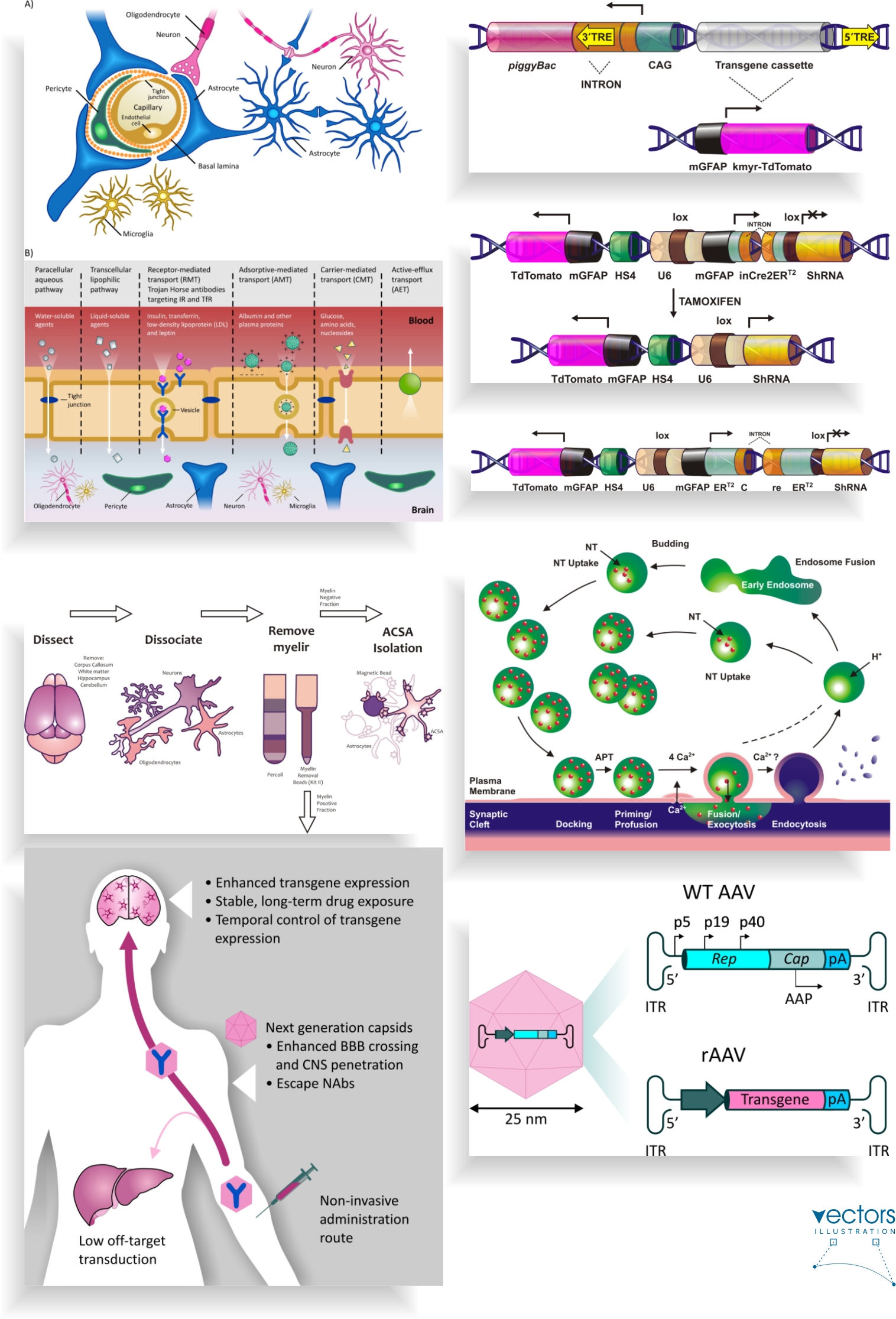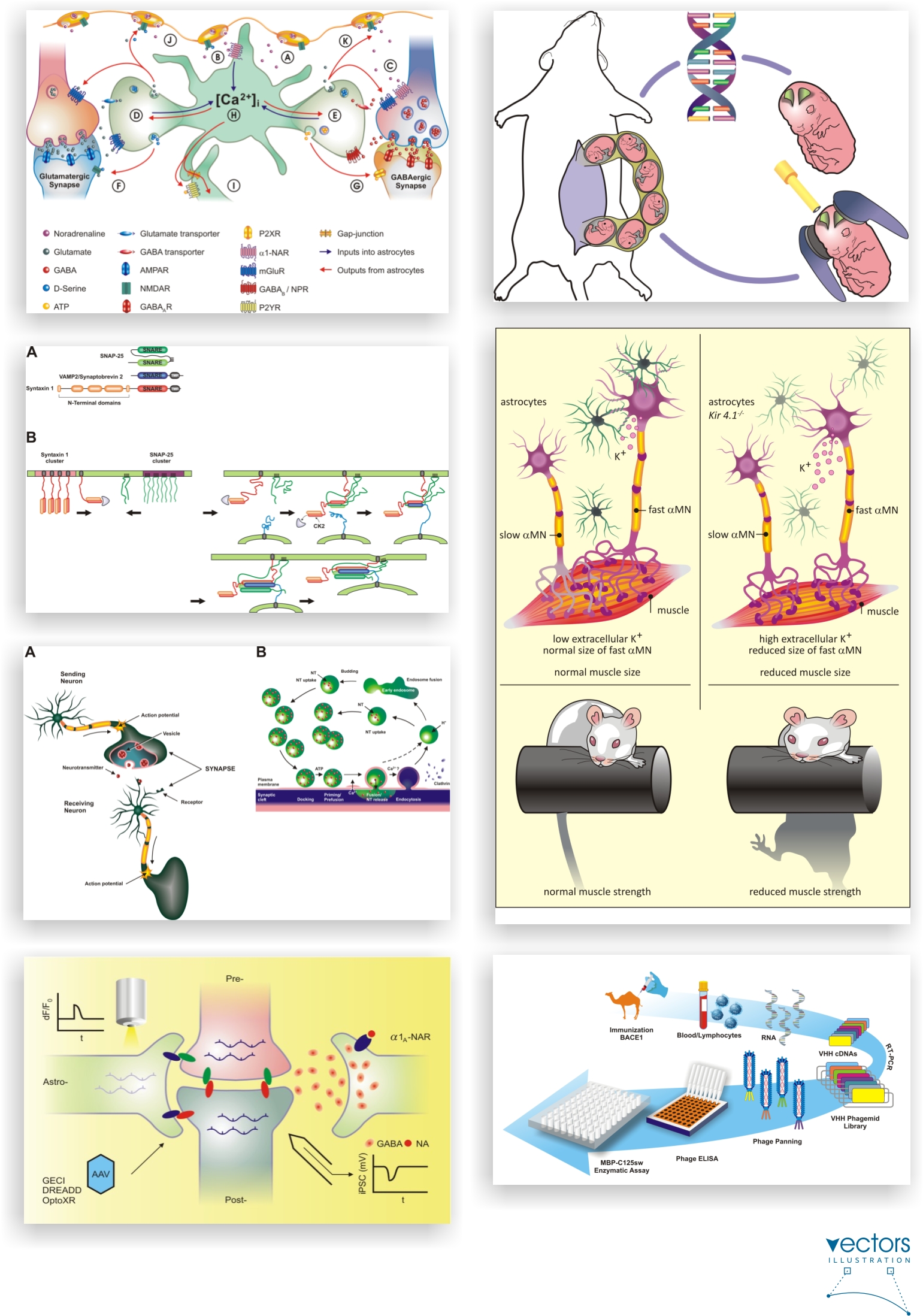

VISUAL COMMUNICATOR
email: dave@penningtonART.co.uk
Contents
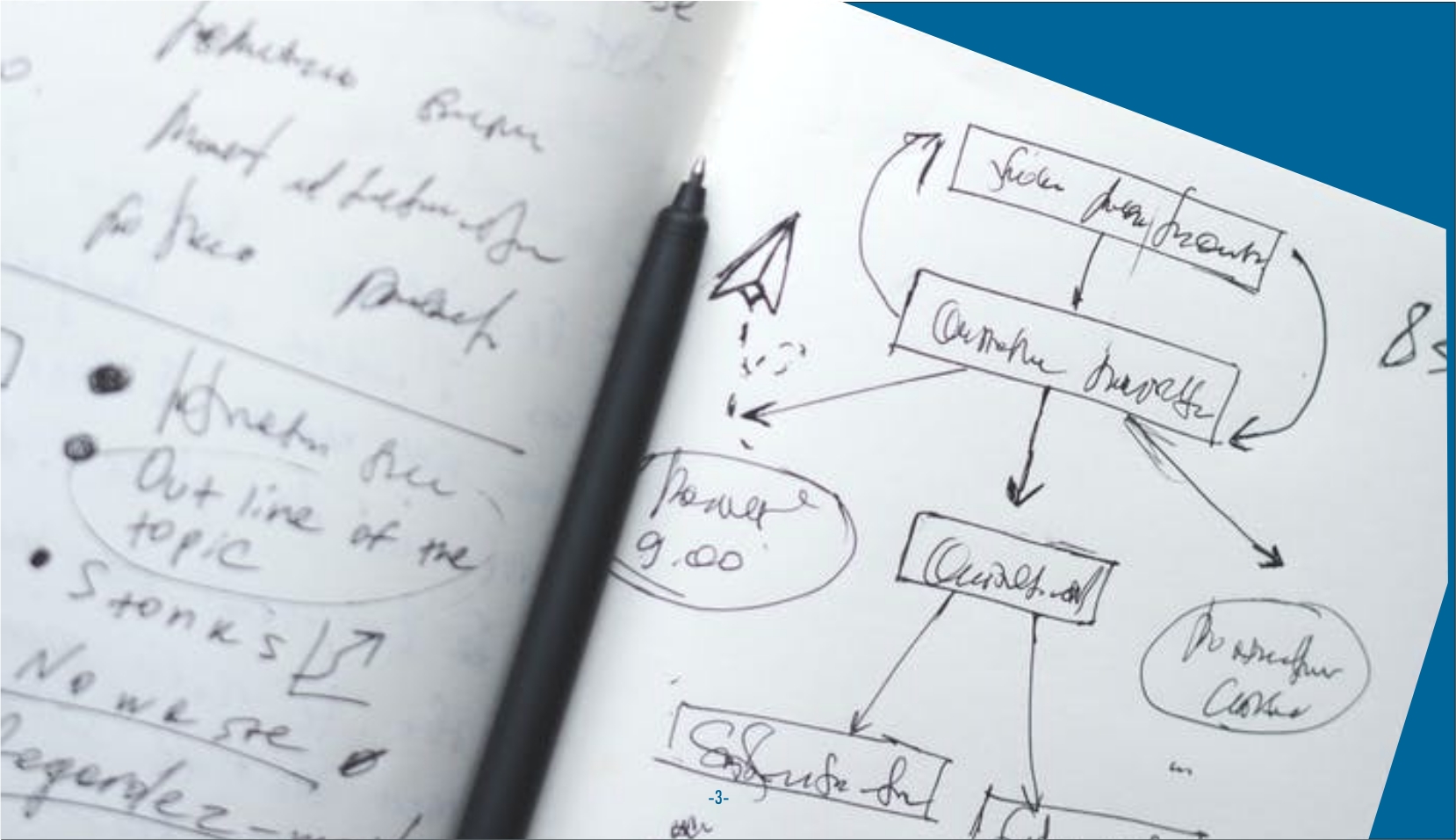
Apart from having a clear and logical message that has a clear and sound conclusion, it is a good idea to discus your ideas for the proposed paper with your colleagues. It is usually at this point that inclusion of figures and illustrations are discussed. These images enhance the academic texts and visually promote your paper to the editors. It is often the case that the topic of your paper is a continuation to other papers being published, therefore, to avoid copyright, you may have to 're-draw' similar figures that already exist. Re-drawing gives you the opportunity to re-design, or re-think the figure using a different colour palette that can run generically through the whole paper. Subtle graphic effects, blends or shadows to lift key features can certainly draw the eye of the publisher!
From the outset for any figures, different journals have different specifications for artwork. The beauty of vectors, is that the same figure can be easily resized or proportions altered. Some of the publishers may offer a service to provide you with your figures, often with limited re-draw proofs and costly!
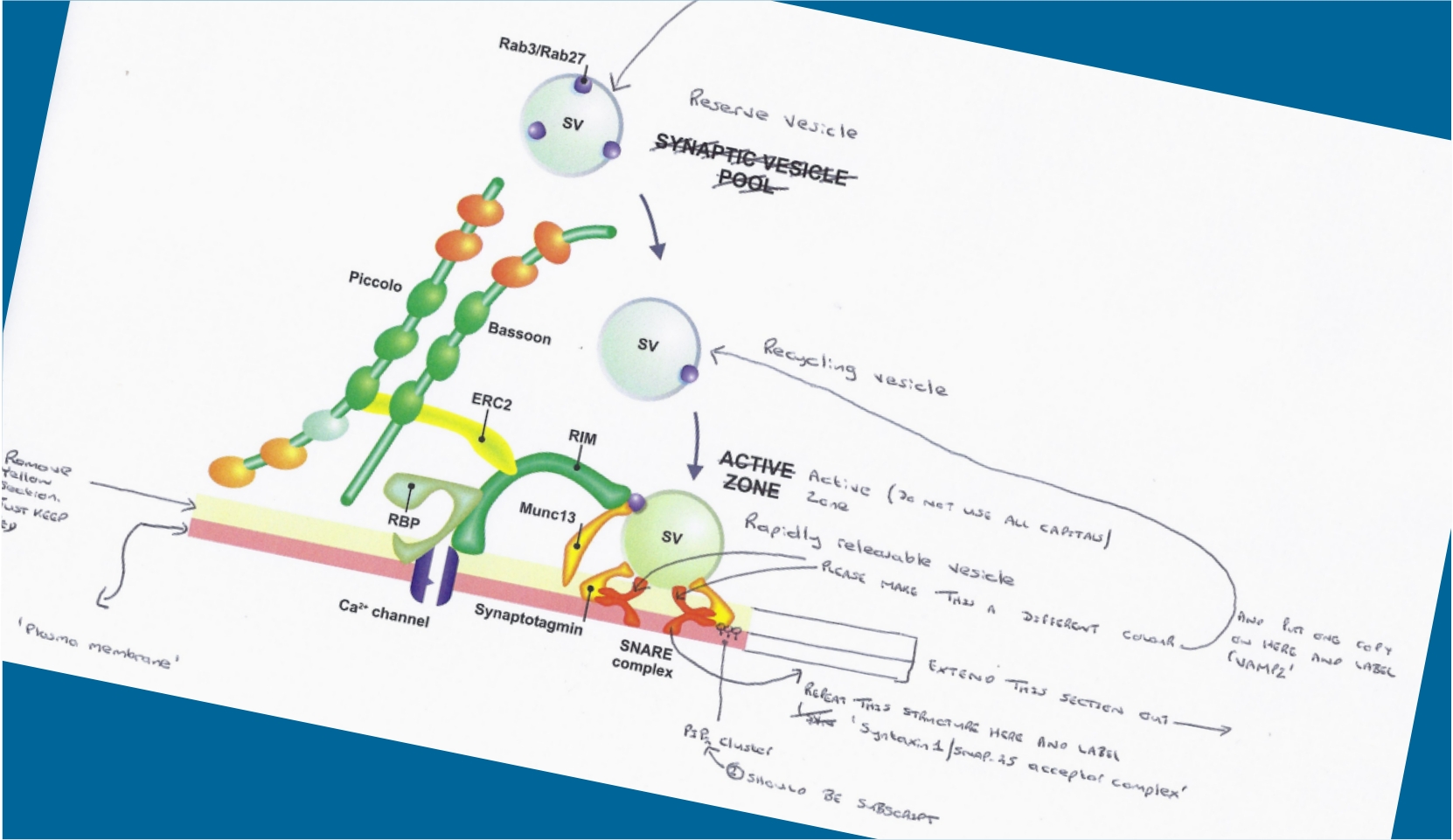
From your sketches or previous figures supplied as examples, the creativity process now begins. Using a powerful vector application, all figures are constructed with geometrical precision. Complex figures are produced in layers to aid quick and easy editing. File exports to all popular publishing formats for both online or print specifications.
It is important that I fully understand exactly the narrative behind the figure, therefore additional descriptions or a brief 'zoom' link may be required. Your critique is equally important, no matter how small or large.
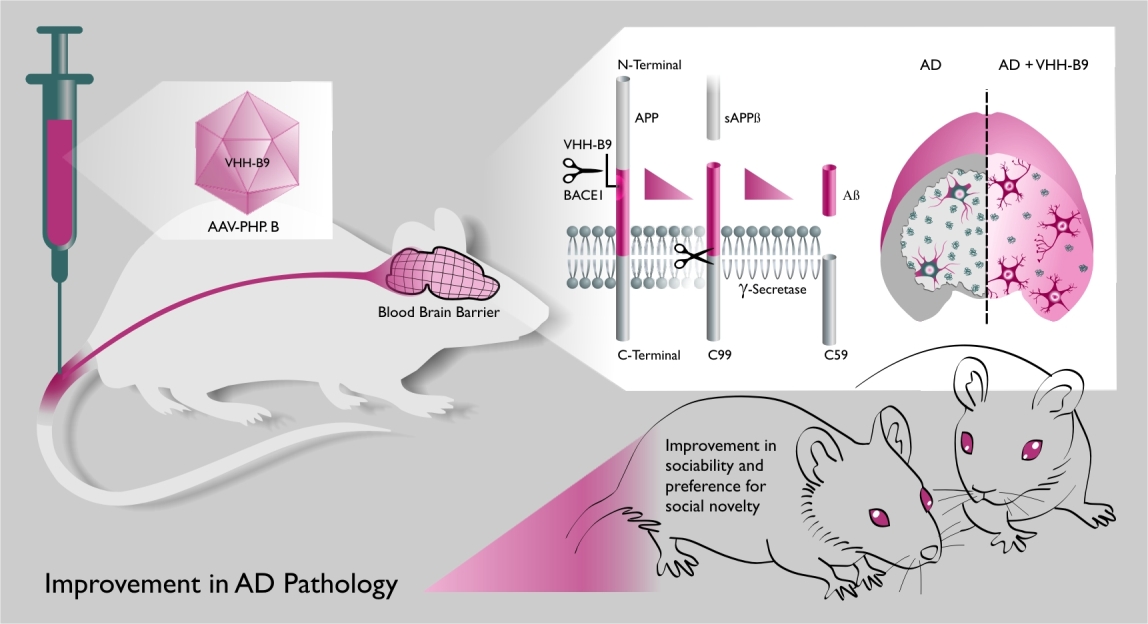

Synopsis journals have been suggested in recent years as a possible solution to some of the problems of scholarly journal publishing. In a synopsis journal, the conventional printed version contains a one-or two-page summary of the paper, possibly including one or two diagrams, tables or references. As with Journal designs, the illustration for a synopsis should convey the message of the journal content, sometimes utilising figures draw within the journal in a combined fashion giving a snap-shot feel to the purpose and findings of the journal.
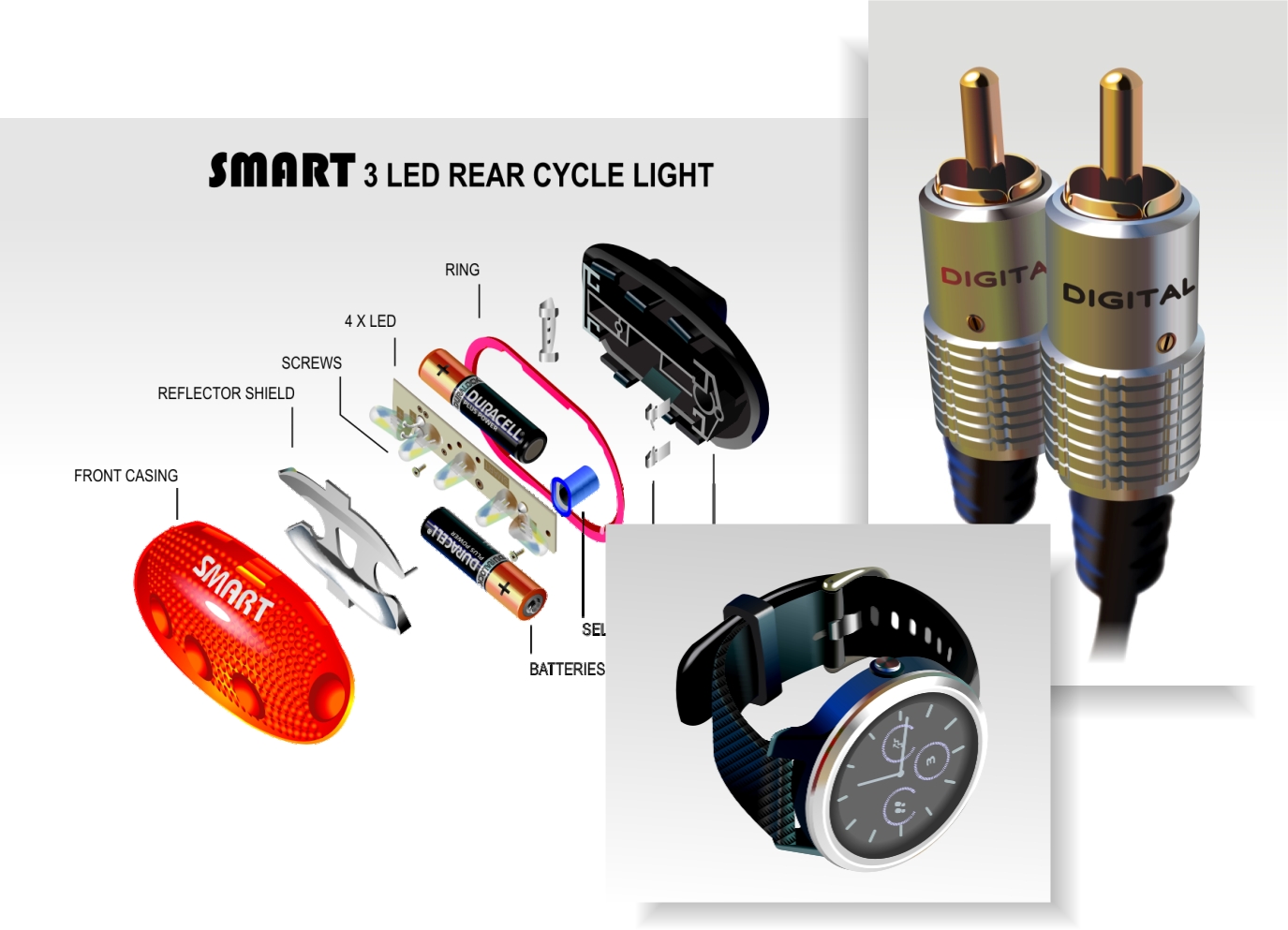
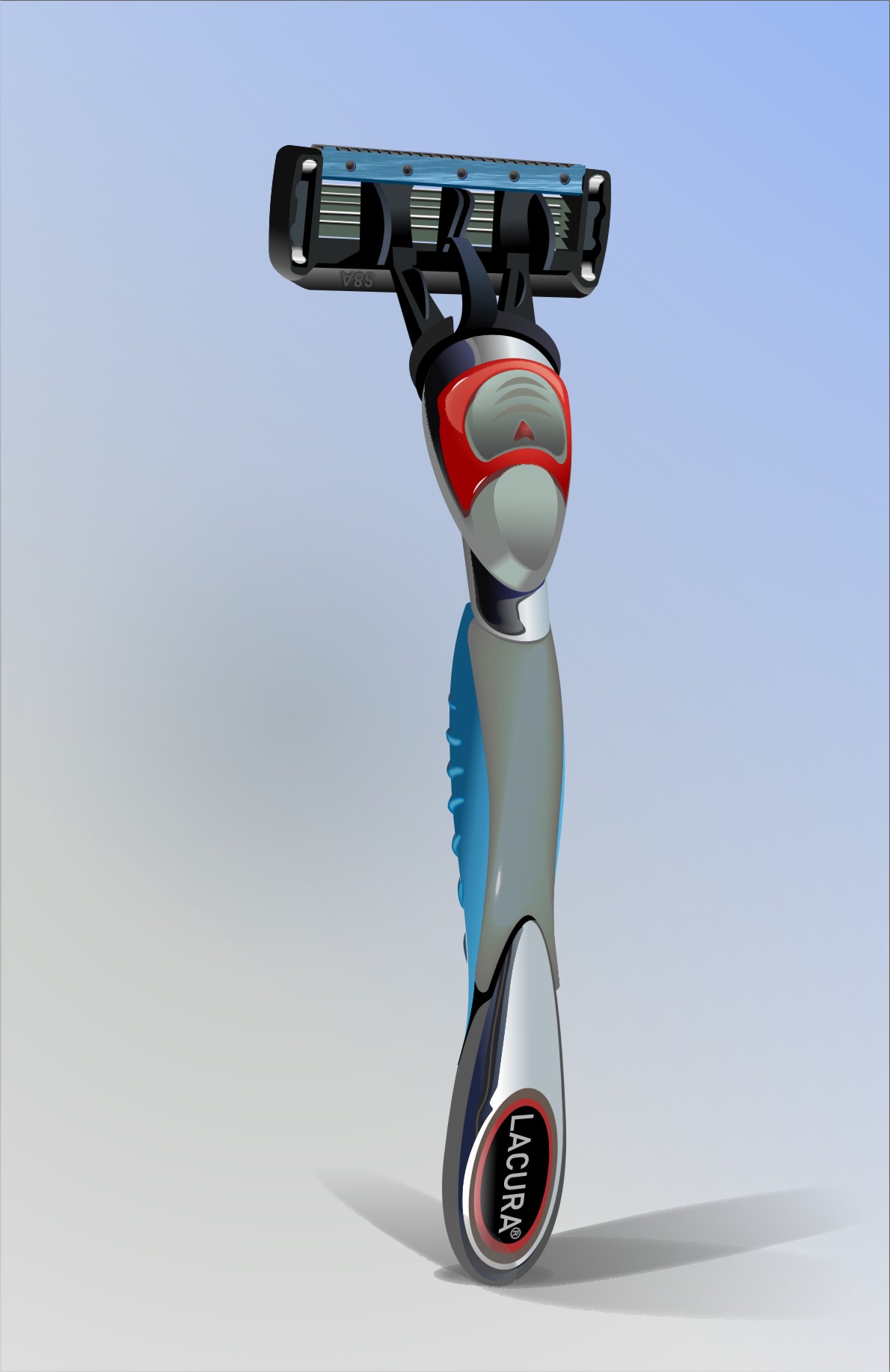
Technical Illustration is illustration meant to visually communicate information of a technical nature. Technical illustrations in general aim "to generate expressive images that effectively convey certain information via the visual channel to the human observer".
Technical illustrations generally have to describe and explain the subjects to a nontechnical audience. Therefore, the visual image should be accurate in terms of dimensions and proportions, and should provide "an overall impression of what an object is or does, to enhance the viewer’s interest and understanding"
reproducing images into a vector format enables multiple export file options and no lack of pixalation, ideal for large format displays
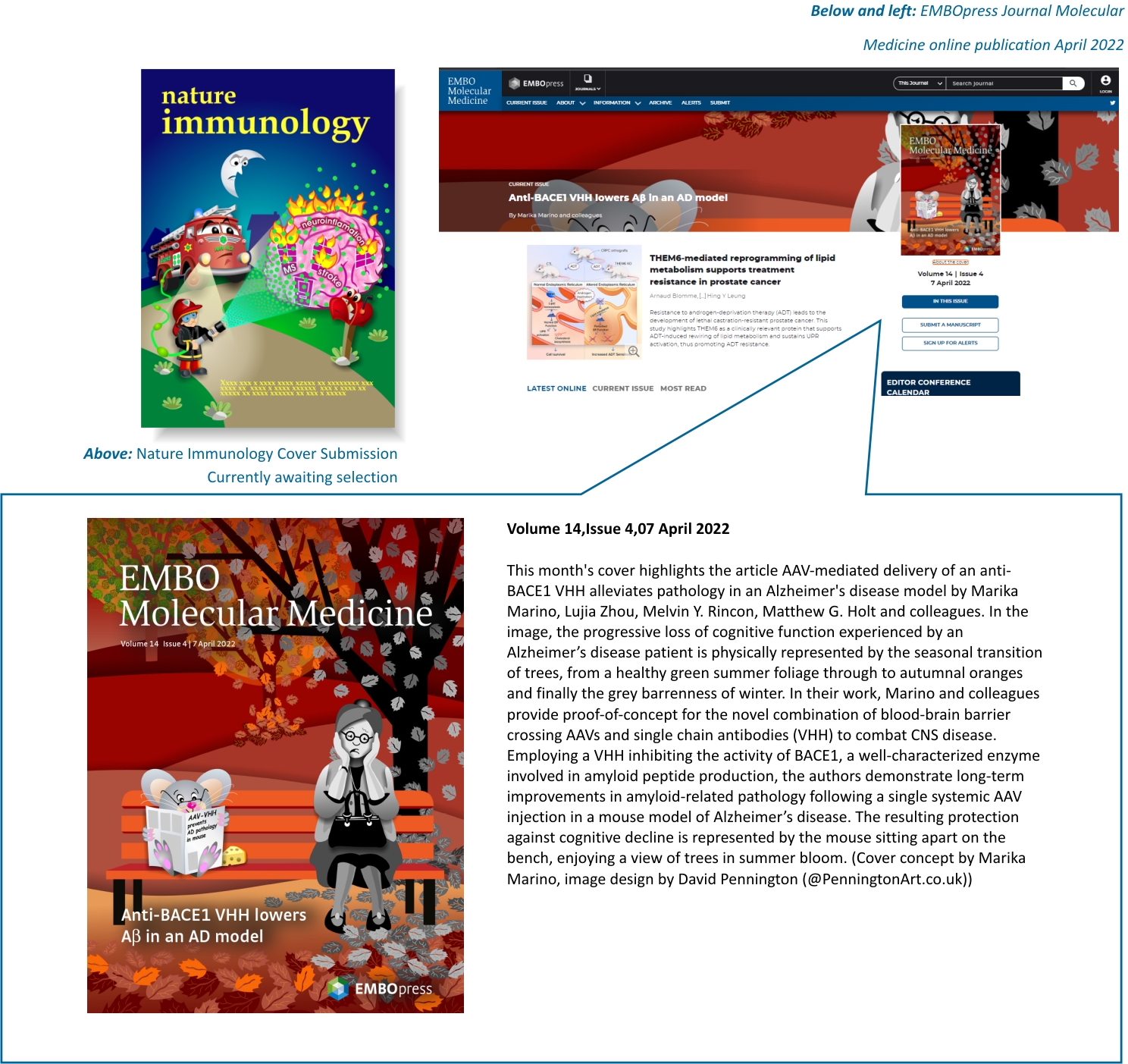
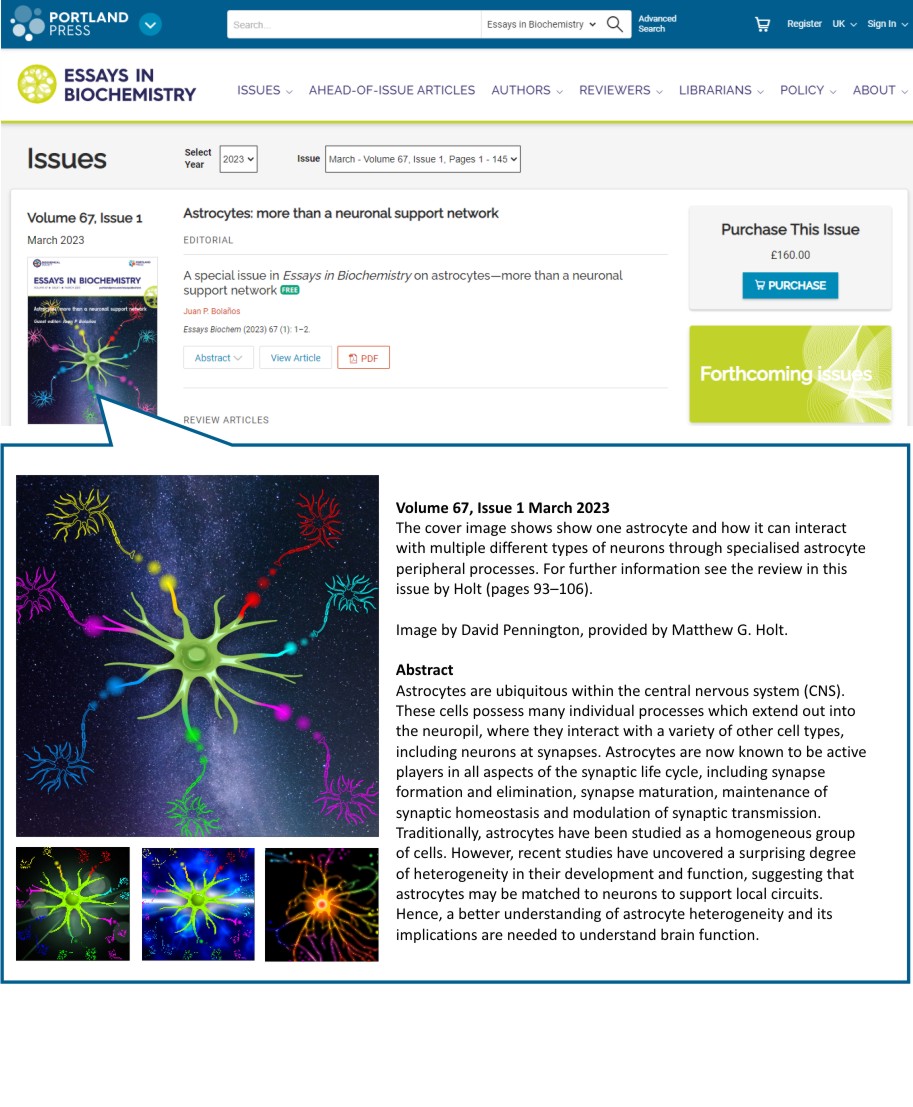
A study published on the sciencedirect.com website looks into eye-tracking methodology in processing of text and graphics while reading an illustrated science text. They were interested in identifying patterns of visual behavior, which was examined considering individual differences in reading comprehension, prior knowledge, and spatial ability. The greater integrative processing of the illustrated text was associated with a higher learning and understanding.
